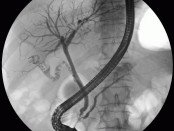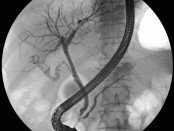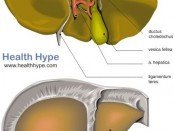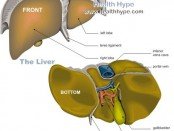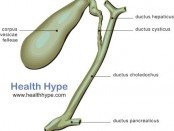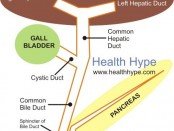Primary Sclerosing Cholangitis (Narrowing Bile Duct Disease)
Definition and Meaning of PSC Primary sclerosing cholangitis (PSC) is a condition where the bile ducts are diseased and become thick, hard and narrow. This prevents the flow of bile through the ducts. Although there are many diseases that can damage the bile duct (secondary cholangitis), in primary sclerosing cholangitis >> Read More ...

